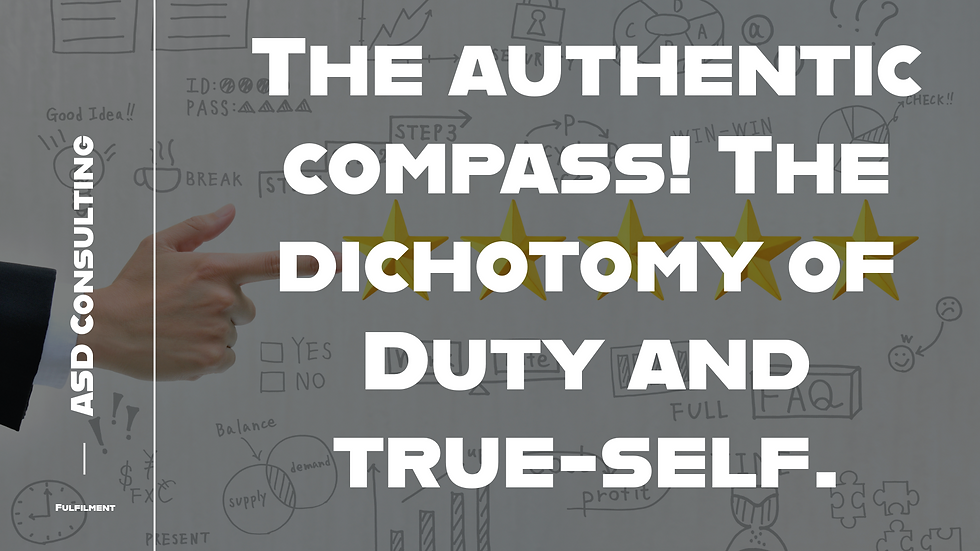Beyond Exhaustion: A Neuroscientist's Guide to Neurodiversity Burnout
- David Tyler

- Jun 11
- 4 min read

In this series, we've explored the intricate and effortful world of autistic masking and the journey towards demasking. These discussions inevitably lead us to a critical, often debilitating, consequence of long-term masking: neurodiversity burnout.
We all know what it feels like to be tired or stressed. But neurodiversity burnout (often specifically termed autistic burnout) is a different phenomenon entirely. It is a state of chronic, profound exhaustion that goes far beyond what a good night's sleep or a relaxing weekend can fix. It's the devastating result of accumulated stress from trying to navigate a world not built for your neurotype, leading to a significant loss of skills.
The Engine of Burnout: The Unseen Labour of Masking
Imagine your brain is constantly running complex translation software in the background. Every social interaction, every sensory input, every unexpected change requires active processing and conversion to fit a neurotypical model. This is the daily reality of masking. It is an immense, non-stop cognitive and emotional load.
This unseen labour is the primary engine of burnout. The constant suppression of natural stims, the forcing of uncomfortable eye contact, the mental gymnastics of scripting conversations—it all consumes a finite pool of energy. When the demands consistently exceed your capacity for recovery, the system crashes. This crash isn't a moment of weakness; it's a predictable outcome of prolonged overload.
A Case of Mistaken Identity: Burnout vs. Depression
One of the greatest challenges for individuals experiencing burnout is getting the right diagnosis and support. Its symptoms often overlap significantly with clinical depression: social withdrawal, low energy, and a loss of interest in activities. Consequently, it is frequently misdiagnosed as just depression.
While they can co-exist, they are distinct.
Root Cause: Depression is a mood disorder. Neurodiversity burnout is a resource-depletion syndrome resulting from a chronic mismatch between an individual’s needs and their environment.
Core Features: The core of burnout is exhaustion leading to a loss of skills. This is the key differentiator. Executive functions (like planning, memory, and decision-making) decline sharply. Social capacity vanishes. Verbal fluency can decrease. In contrast, while depression involves fatigue, this profound loss of previously held skills is the hallmark of burnout.
Treatment: Antidepressants may help the low mood that can accompany burnout, but they will not fix the root cause. The primary treatment for burnout is radical rest and a fundamental change in environmental demands.
Recognising the Signs: Symptoms of Burnout
Chronic Exhaustion: A bone-deep weariness that sleep doesn't touch.
Loss of Skills: Significant decline in executive functioning, memory, social skills, and even speech (e.g., becoming non-verbal or less articulate).
Increased Sensory Sensitivity: Noises, lights, textures that were once tolerable become painful or overwhelming.
Reduced Social Capacity: Even simple interactions feel draining and impossible.
Intensified Autistic Traits: A greater need for routine, more visible stimming, and a lower tolerance for change as the energy to mask these traits is gone.
Emotional Dysregulation: Increased irritability, frequent meltdowns or shutdowns with a shorter fuse.
Loss of Motivation and Apathy: A pervasive feeling of being unable to do anything.
The Path to Recovery: Actions for Individuals
Recovery is possible, but it requires a different approach than simply "pushing through."
Radical Rest: This is non-negotiable. It means drastically reducing cognitive, social, and sensory demands for an extended period—weeks or even months. It’s a strategic withdrawal to allow your system to heal.
Systematic Demand Reduction: Identify and ruthlessly eliminate or reduce stressors. This could mean taking time off work, minimising social commitments, or letting go of household chores.
Unmask (Safely): As we discussed previously, allow yourself to be authentically autistic. Stim freely. Use sensory aids like sunglasses and noise-cancelling headphones. This stops the primary energy drain.
Create a Sensory Sanctuary: Make your living space as sensory-friendly as possible. Dim lighting, comfortable textures, and quiet are essential for recovery.
Engage with Special Interests: These are not frivolous hobbies; they are deeply restorative. Immersing yourself in a passion can be one of the most effective ways to recharge your energy.
How to Explain What You’re Experiencing: Articulating this state can be difficult. Here are some frameworks:
To a Doctor: "I am autistic, and I believe I am experiencing autistic burnout. This is distinct from standard depression. My key symptoms are a severe loss of executive function, increased sensory sensitivity, and chronic exhaustion caused by a long-term overload. I need your support in exploring options for radical rest and environmental accommodation, as standard depression treatments alone won't address the root cause."
To Family or Friends: Use an analogy. "My 'social battery' isn't just low; the entire power grid has failed. To fix it, I need a complete shutdown for a while. My withdrawal isn't personal; I literally lack the energy for interaction. The best way to help is to expect nothing from me, reduce sensory input around me, and allow me the space to recover quietly."
To an Employer: Focus on accommodations. "Due to a health condition related to my neurotype, I am experiencing burnout. To facilitate my recovery and return to productivity, I need to request temporary accommodations, such as [a reduced workload, flexible hours, written communication, or a quieter workspace]."
Burnout is a serious, debilitating condition, but it is not a personal failing. It is a sign that you have been pushing yourself too hard for too long in a world that asks too much. Recovery is a journey of honouring your needs, advocating for yourself, and fundamentally restructuring your life to work with your neurology, not against it.



Comments